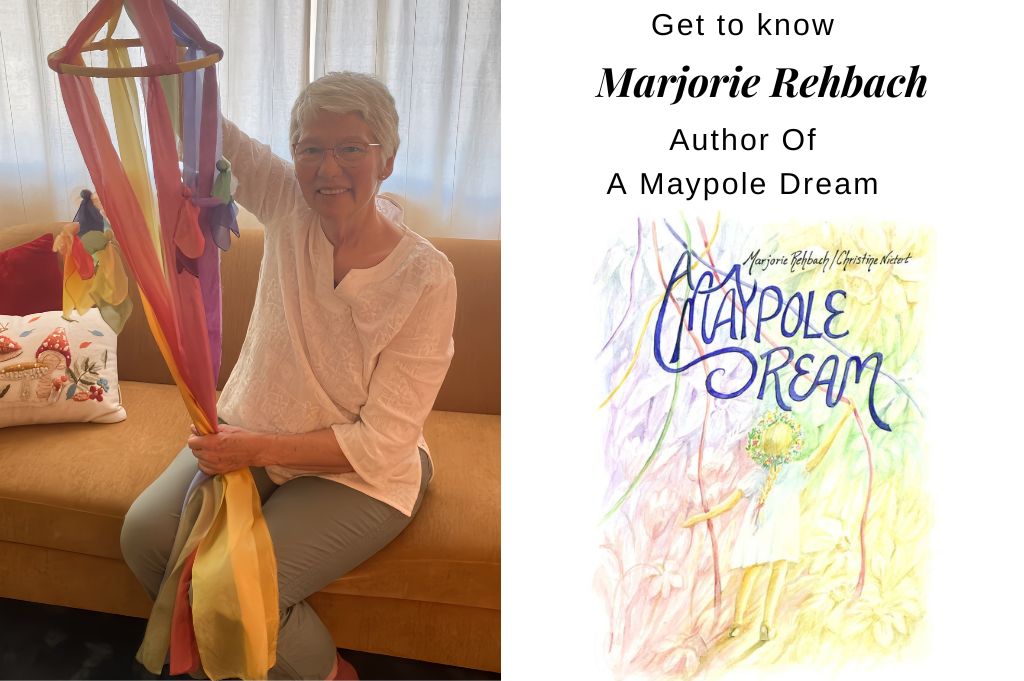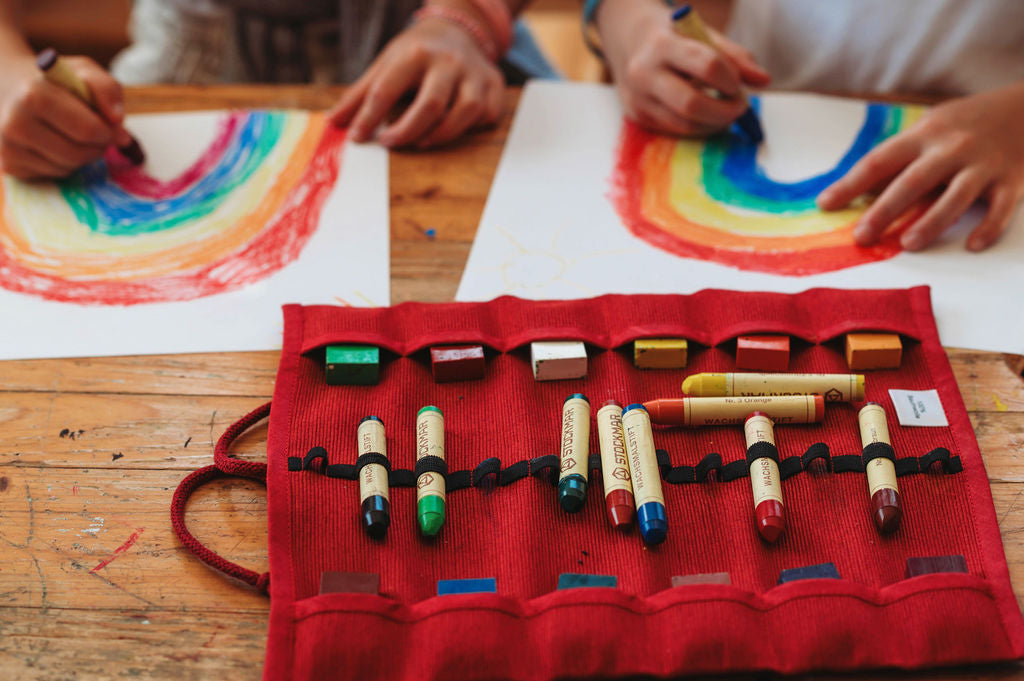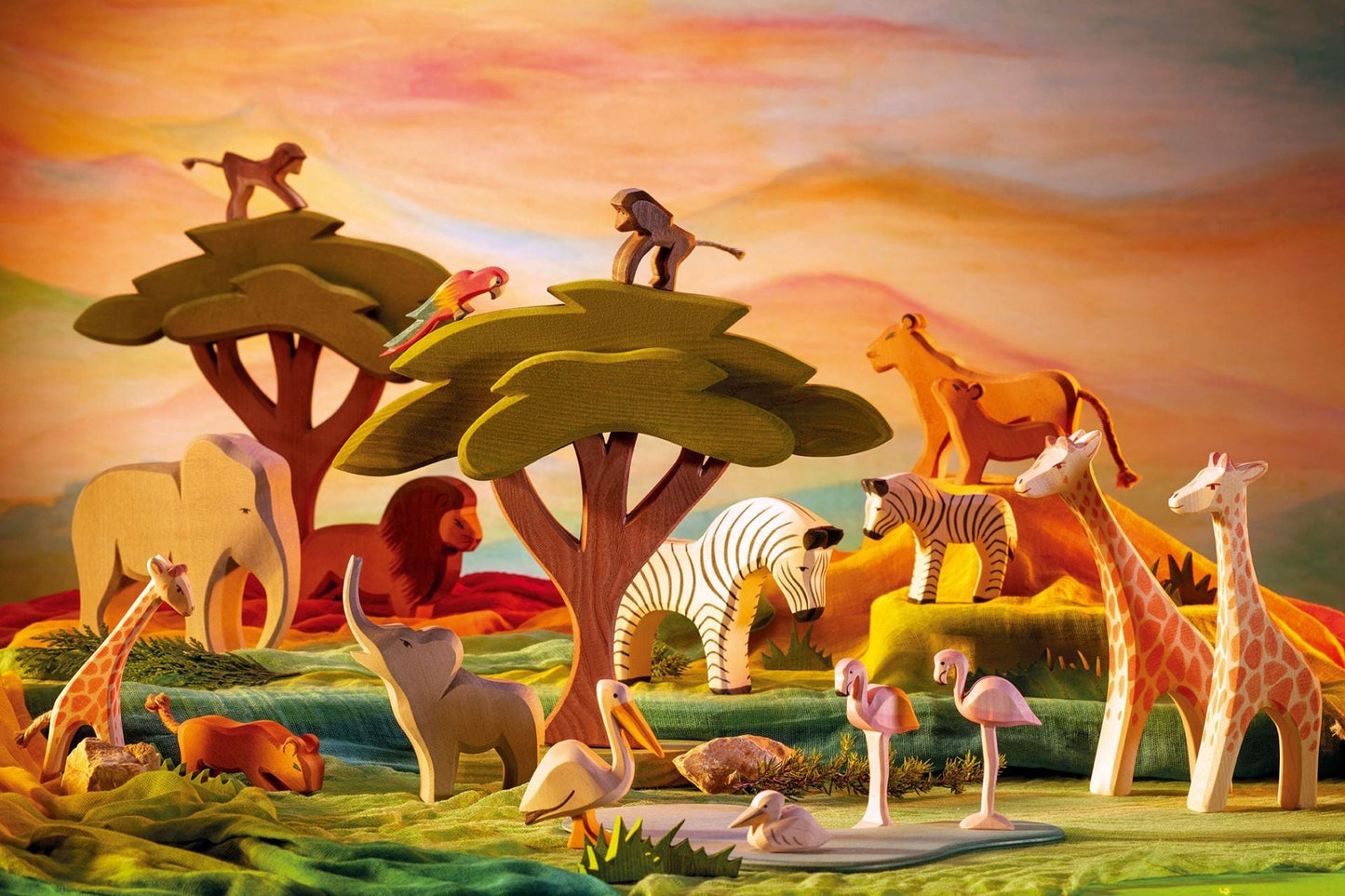
“Hopefully they have a moment of wonder"
When she was just 22 years old, Marjorie Rehbach wondered, “What could be the answer to all the problems in the world?” Living in Detroit Michigan, she saw a lot of problems. One of them was education. “I thought, well, I think we need a different kind of education that fosters awe and wonder and educates through the arts which reaches everyone,” she says. She had never seen a school that approached education in that way until she came across Waldorf education. Waldorf education focuses on creativity, imagination, and nature to teach science, art, and practical skills.
In 1975, Rehbach began training to be a Waldorf teacher. For the next 20 years, she lived in
Camphill Communities, where she lived and worked with children and adults with developmental differences. She has since taught at several Waldorf schools.
Rehbach also developed a love for puppetry after teaching her first Waldorf class from grades 1-8*), and was trained by renowned puppeteer, Suzanne Down. Her interest in puppetry has also had a strong impact on her work, both as a Waldorf teacher, and as an author. These days, although she is semi-retired, Rehbach teaches an after school program for children who struggle emotionally, behaviorally, or academically. She uses puppets to help the students with interpersonal and emotional skills. “The children are very responsive and very open to puppets,” she explains. “The puppets leave them free. They have no life at all unless we give them life. So they're free to leave it just be a piece of cloth or some wool. Or they get engaged if we get engaged with the puppet. There's something between myself and the child, and so they're free to interact with that, and sometimes they really prefer that than the direct confrontations.”
About 20 years ago, Rehbach was running an early childhood program in her home, and May Day was coming up. “I thought, how am I going to tell these children about the May pole?” she recalls. The maypole is a tall wooden pole with ribbons that are woven by dancers in May Day celebrations dating back as far back as 1350 AD. “And then one day I woke up and I knew exactly how it happened,” she says. “The story just appeared to me as I was walking through a little wooded area near our house.”
When Rehbach was living in Germany a few years ago, she slipped on ice and cracked her tailbone. Confined to her couch for a week, she decided to write her story. She showed it to an American friend also living in Germany, who donated her painted illustrations for the book. In the Spring of 2009, A Maypole Dream was first published.
"Imagining a world without color. And then noticing each and every day the incredible colors we're surrounded by and how they make us feel.”
The story begins at the end of winter, when the earth is all whites and greys. The fairies, saddened that the bright spring colors haven’t arrived, embark on a journey to find them. Pointed to the rainbow fairies by Mother Earth, the fairies weave the colors of the rainbow around a tree, spreading the colors to the other trees and flowers. Rehbach hopes the story instills a renewed sense of wonder at the natural world in both parents and children. “Hopefully they have a moment of wonder,” she says, “remembering what colors mean to them. Imagining a world without color. And then noticing each and every day the incredible colors we're surrounded by and how they make us feel.”
In the future, Rebach hopes to write another children’s book about the importance of chores in family life, and how they can encourage children to “work with joy."
*In Waldorf education, the teacher typically moves through the grades each year with their students, such that children stay with the same teacher throughout their elementary school life, strengthening the student-teacher bond.




